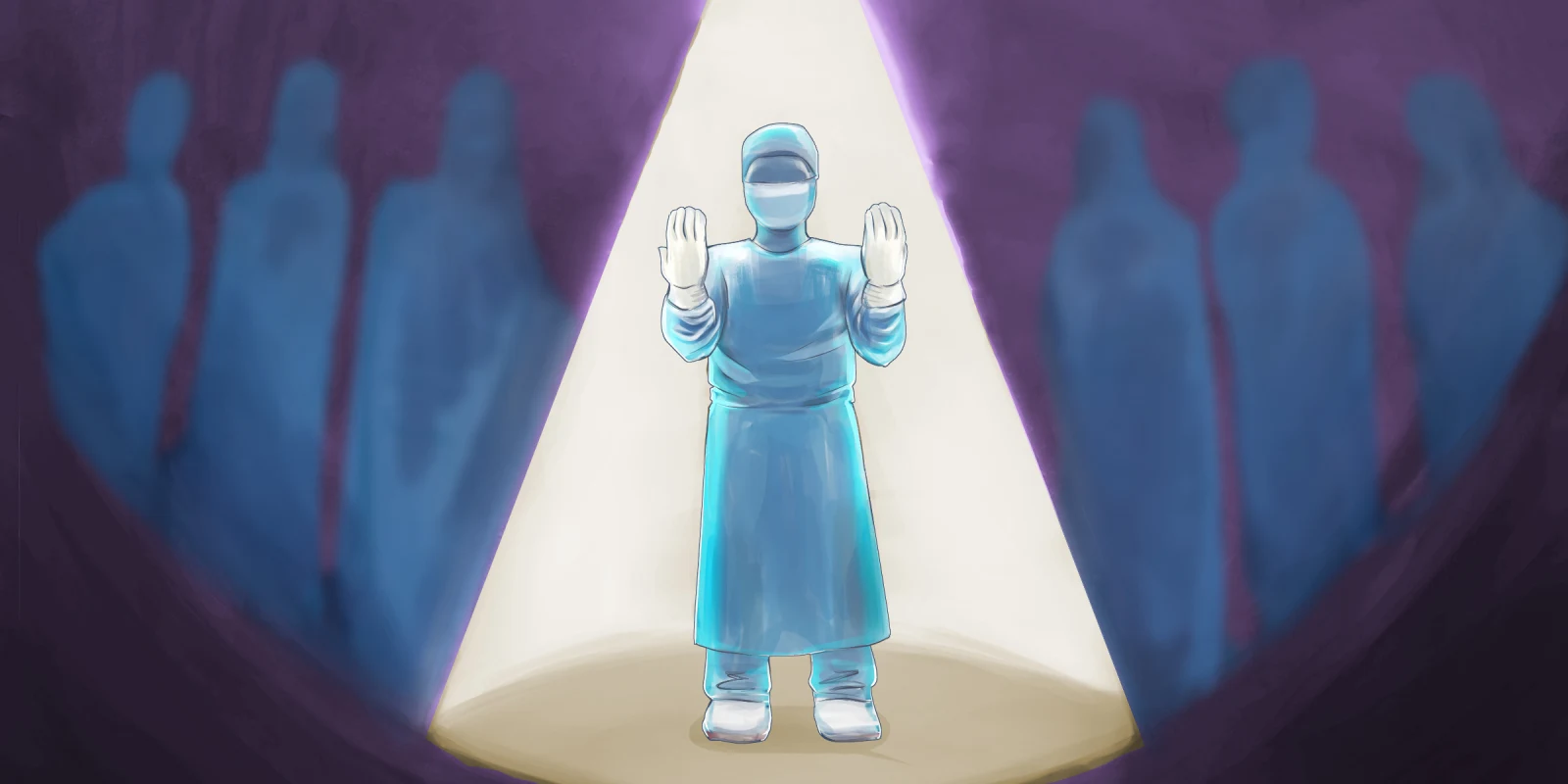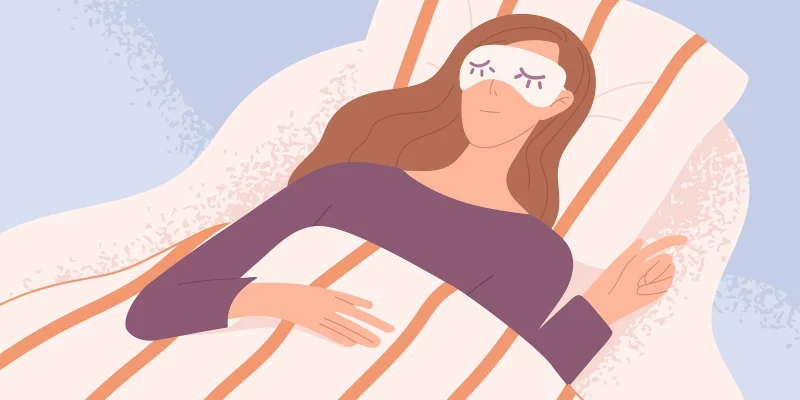Despite meniscal root tears being initially described in 1991, when I exited training about 10 years ago, I had never seen, much less treated one. However, I am now certain that it was seeing me. What seemed like a relatively rare or obscure diagnosis is now one of the most commonly performed isolated meniscal repairs in my practice.
Unfortunately, recognition outside of the sports medicine and arthroscopic knee subspecialty remains lagging and these tears are often missed or present late. This is unfortunate given the poor prognosis when left untreated with reports of progression to total knee arthroplasty in 28% of cases within three years and 50% at 10 years.
Root tears rapidly trigger a cascade of joint degradation because they are biomechanically equivalent to total meniscectomy, result in meniscal extrusion, markedly decrease joint contact area, and are associated frequently with spontaneous insufficiency fracture of the knee and rapidly progressive cartilage loss.
I remember a board review question from around 2014 on the topic of spontaneous osteonecrosis of the knee. The giant bone bruises and severe pain that were the hallmark of the diagnosis have now been linked to the medial meniscal root tears in the vast majority of cases. It was a couple years into clinical practice when I met a middle-aged female patient who had simply stepped down off a curb, felt a pop, and immediately had severe pain and was almost unable to walk. By this time, I was aware of the diagnosis and spent over an hour performing a transosseous meniscal root repair. In that first repair I learned several things that are helpful even now:
1) Pie crust the MCL immediately to open the working space. A recent study has even shown improved outcomes comparing a MCL released to non-released cohorts.
2) Use an arthroscopic wand to perform a reverse notchplasty. Removing the fibers of the inferior most parts of the PCL all the way back to the meniscal root made it much easier to insert the drill guide.
3) Use a small nonabsorbable 0 suture and create a passing suture with a loop tied on the end to make it easier to pass through the thickened and often brittle posterior horn remnant. Once passed and retrieved, a larger suture can be shuttled in to hold the repair.
4) Pass the suture near the root posterior and closest to the free edge first, then pass the second suture closer to the free edge more peripherally toward the meniscal body.
5) Set the drilling guide to a position a little steeper and start closer to the tubercle. Place the guide with the knee around 30 degrees with a valgus force, then slowly bring the knee to 90 degrees while keeping the guide in place.
6) Plan for the root tunnel to start on the tibia a bit closer to the tubercle and distal to where an ACL tunnel typically starts.
My early results were pretty good, but not perfect. I started to look for ways to improve these outcomes, and this led to looking for extrusion first, and looking for the bone bruise patterns in the periphery of the tibia instead of just on the femur. This would supplement the usual ghost sign on the more commonly viewed sagittal T2 images. I noticed that patients with more extrusion tended to do less well clinically. The simplest way to note the amount of extrusion is to scroll through the coronal T2 images around the borders of the MCL and use the edge of a piece of paper covering any meniscus that falls outside the lateral edge of the tibial plateau and the femoral condyle. The amount of meniscus between those weight-bearing surfaces gives you an idea of how much the meniscus is cushioning the articular surfaces.
In other cases, I would see patients with the classic pain pattern and presentation, but without the pop and sudden pain. These patients seemed to have extrusion but no root tear. Around the time that I was thinking about this chicken or the egg relationship, I came across literature supporting the idea that extrusion is an early finding on a spectrum of disease that later concludes in full thickness root tear.
And so, it seemed that both needed to be treated, especially when the pain was more peripheral (extrusion) than posterior (root). I was initially using an all-inside meniscal anchor at the junction of the posterior horn and mid-body. I would pass the root sutures, traction them, and then place and tension an all-inside anchor to relieve some stress on the root sutures. I had no real data to support this, but it was a simple addition and used a well-accepted technique.
In fact, some authors have advocated for side-to-side suture repair of the root itself using all-inside suture anchors. This as well is technically simpler and may have similar results according to some small series. Personally, I have used this approach sparingly, but it has been useful in cases of potential tunnel convergence as with multiligamentous knee injuries or when there is concomitant PCL reconstruction with a large tunnel that is near the typical transtibial tunnel location for the root repair.
Back to extrusion. I came across the concept of meniscal centralization in the Arthroscopy journal. It seemed like a very obvious deduction. Anchors placed on the edge of the tibial plateau, repairing the meniscotibial ligaments or repairing the meniscus to the plateau itself, can reduce extrusion.
I added this to my practice first with root repair as an adjunct, but eventually in some select cases in isolation when there was clearly extrusion and bone edema near the insertion of the meniscus without root tear. Centralization is compelling because it potentially intervenes earlier in the disease process, prior to the progression to full thickness root repair. This can be a difficult clinical entity to diagnose as the MRI is frequently read as “normal” while the patient has all the characteristic history and exam findings of impending root repair. The biomechanical data for centralization have been encouraging. In 2024, the first (to my knowledge) clinical study was published, again with promising short-term results.
I have performed centralization using a modification of the technique described by Krych with one to two anchors placed at the junction of the posterior horn and body and repeated more anteriorly as needed with knotless suture anchors and a suture lasso. Unfortunately, I have had one case where an intraosseous cyst occurred around the anchor on repeat MRI and this remained symptomatic. In this case it was the more anterior of the two centralization anchors, and the more posterior anchor did not have the same appearance. The cyst was symptomatic but the patient deferred from further treatment at the time of this writing. Anecdotally, I have noticed prolonged pain at the anchor sites from meniscal centralization relative to root repair alone. The significance of these observations is still unknown.
An alternative technique involves repair of the meniscotibial ligaments through interlocking knotless all suture anchors that are placed extra-articularly. This may be easier and may keep the anchors from developing cysts since they are maintained outside of the joint and presumably synovial fluid would not leak into the subchondral space.
More controversy exists on the lateral side where a lateral root tear that maintains attachment to the PCL through the Wrisberg ligaments is not infrequently encountered with associated ACL injury. While some maintain that this may represent a normal morphological variant, or an incidental finding, I have rarely encountered this outside of the ACL injured knee. As a result, I have tended to repair these using a transtibial pull-out technique through a separate tunnel drilled at a higher angle than for the ACL reconstruction. This has not led to tunnel convergence with the ACL graft. There is biomechanical evidence to support that repair in this way reduces contact pressures much like the medial side and even reduces anterolateral rotatory instability.
In summary, our understanding of meniscal root tears, both medial and lateral, has progressed tremendously yet there are a great many unknowns that remain. While centralization and meniscotibial ligament repair are controversial, it is safe to say that we all should be vigilant in bringing attention to what has been called a “silent epidemic” in order to identify and treat these tears before the development of arthrosis in the ipsilateral compartment.
What techniques have you used to repair meniscal root tears? Share in the comments.
Brian Gilmer, MD is an orthopaedic surgeon in Reno, NV and Mammoth Lakes, CA. This clinical editorial is meant to be only a cursory and incomplete overview and represent extrapolations from the known data regarding these topics. His comments do not presume to represent expert opinion but hopefully prompt further reading and consideration. Brian was a 2022–2023 Doximity Op-Med Fellow, and continues as a 2023–2024 Doximity Op-Med Fellow.
Illustration by April Brust







